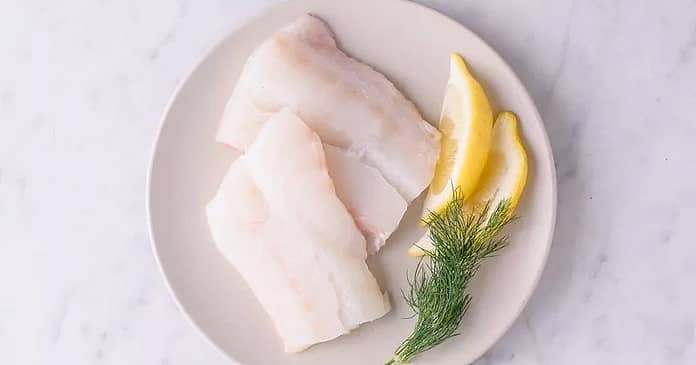Iodine is an essential mineral that should be in your diet. Our thyroid gland needs to produce thyroid hormones, which have many important responsibilities in your body.
 Credit: India Times
Credit: India Times
see also
The recommended daily allowance (RDA) for iodine is 150 micrograms per day for most adults. Pregnant and breastfeeding women should consume 220 and 290 mcg, respectively. In fact, a third of the population is at risk of deficiency, especially people who live in areas where the soil contains only a small amount of iodine, including European countries. An iodine deficiency can lead to a swollen thyroid gland, called a goiter, and hypothyroidism, which can lead to fatigue, muscle weakness, and weight gain. To stay healthy, it is necessary to eat enough iodine.
Choosing the right foods to avoid iodine deficiency
Iodine is a trace mineral commonly found in seafood, and is usually found in water and soil or in other compounds found in foods. To help you know where to find iodine in quantitative and natural terms, below you will find a list of foods that contain the most. A diet rich in fish can help you get enough iodine to reap its benefits. According to the National Institutes of Health, these eight foods are among the best sources of iodine available.
Here are the 9 richest iodine foods:
1. Seaweed
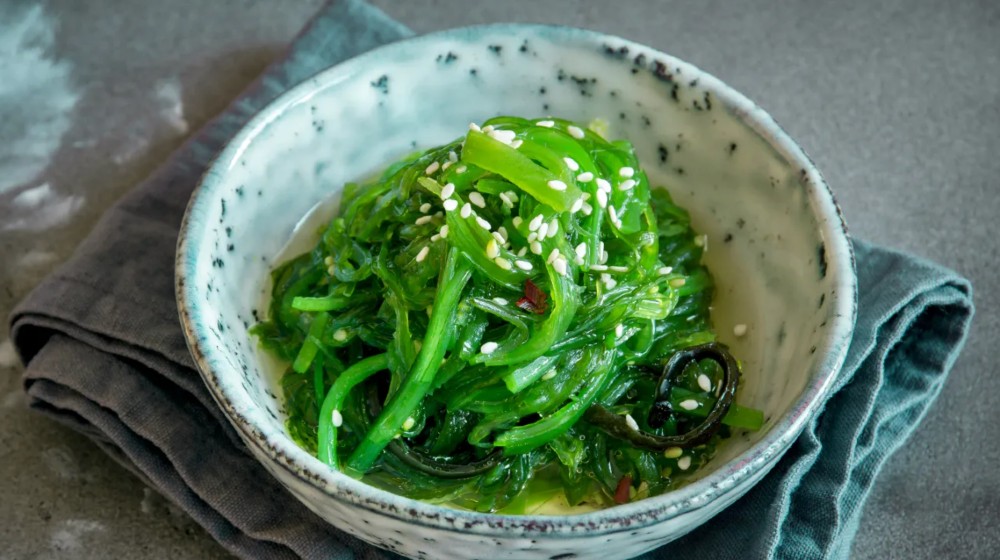 Credit: Mizina/Getty
Credit: Mizina/Getty
Seaweed is undoubtedly the best source of iodine. A 10-gram serving of dried nori seaweed (the type of seaweed used in sushi) contains up to 232 micrograms of iodine, more than 1.5 times the minimum daily requirement.
2. Cod
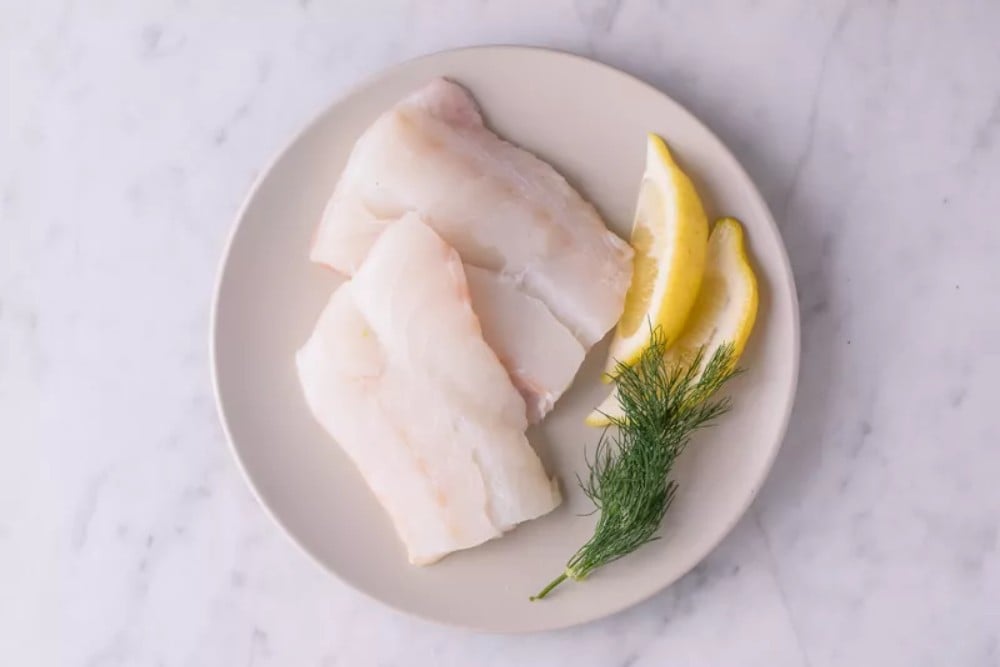 Credit: Alexandra Schitzman
Credit: Alexandra Schitzman
Seafood in general is an excellent source of iodine, but cod is especially healthy. A 100-gram serving of baked cod contains 158 micrograms of iodine, which is the daily minimum requirement.
3. Iodized salt
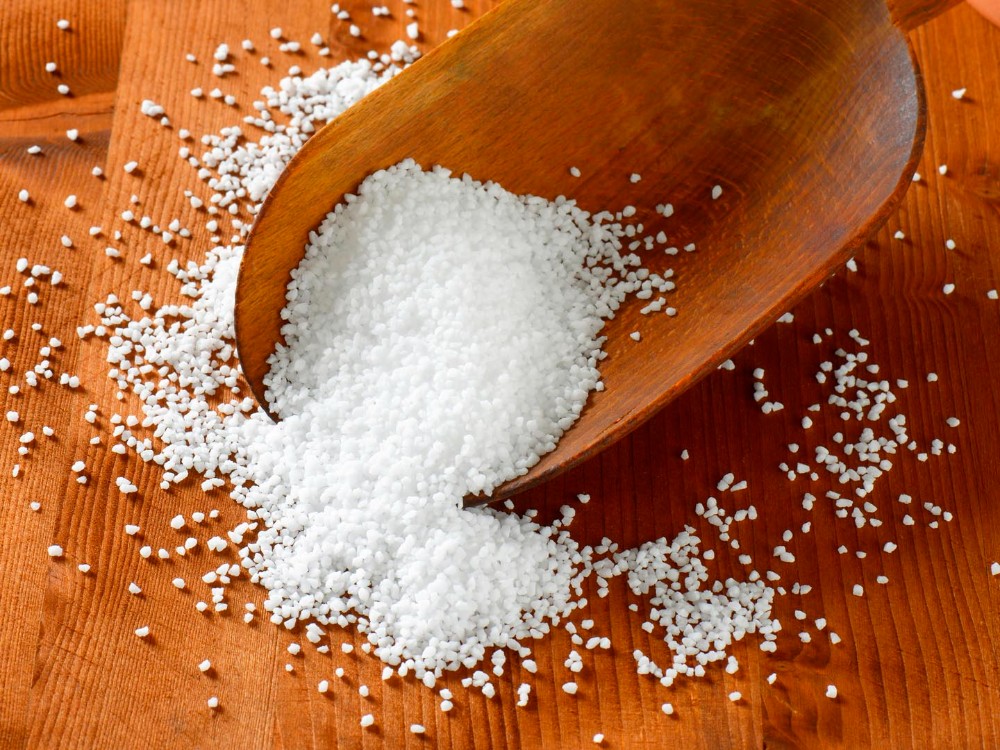 Credit: Dr. Will
Credit: Dr. Will
Table salt for human consumption that has not been iodized must bear the statement “This salt does not provide iodide, an essential nutrient”. Adding iodine to table salt began in the United States in the early 1920s to help reduce the incidence of goiters, or swollen thyroid glands.
4. Skimmed Milk
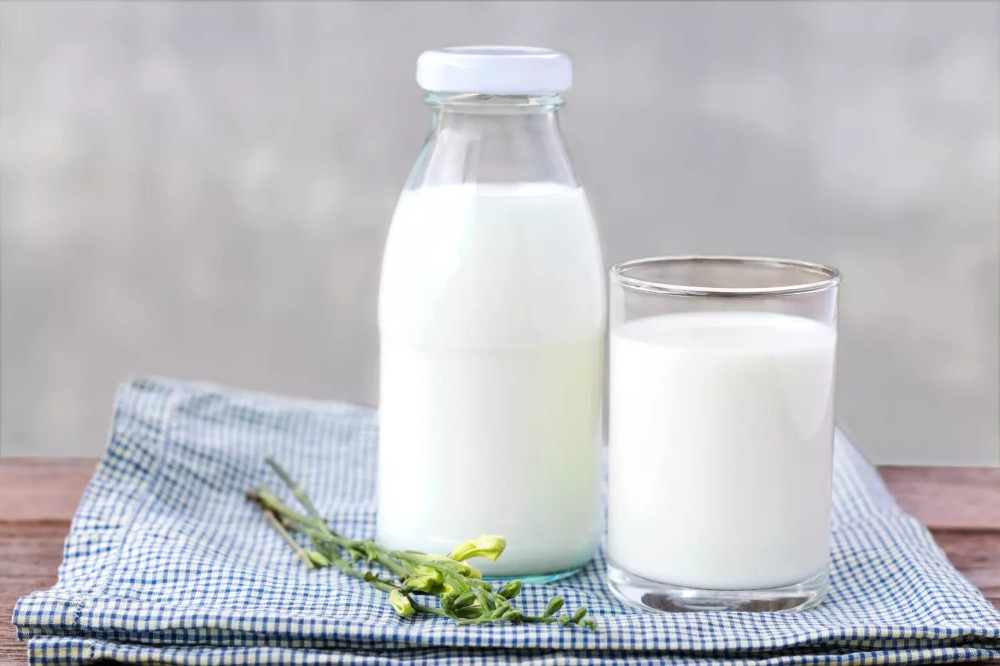 Credit: pongphoto / 123RF
Credit: pongphoto / 123RF
Aside from seafood, dairy products are among the best choices when it comes to iodine. A quart of skim cow’s milk contains 85 micrograms of iodine, which is more than half of what you need daily.
5. Greek Yogurt
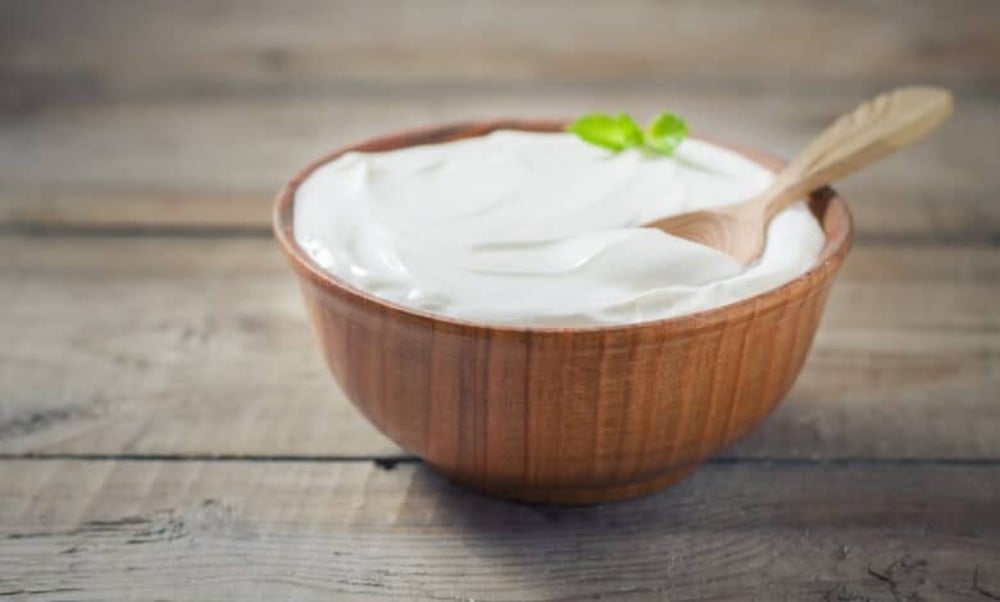 Credit: All Green
Credit: All Green
Like milk, fat-free Greek yogurt is an excellent source of iodine. Because Greek yogurt is denser than milk, it is high in iodine: up to 116 micrograms per liter.
6. Oysters
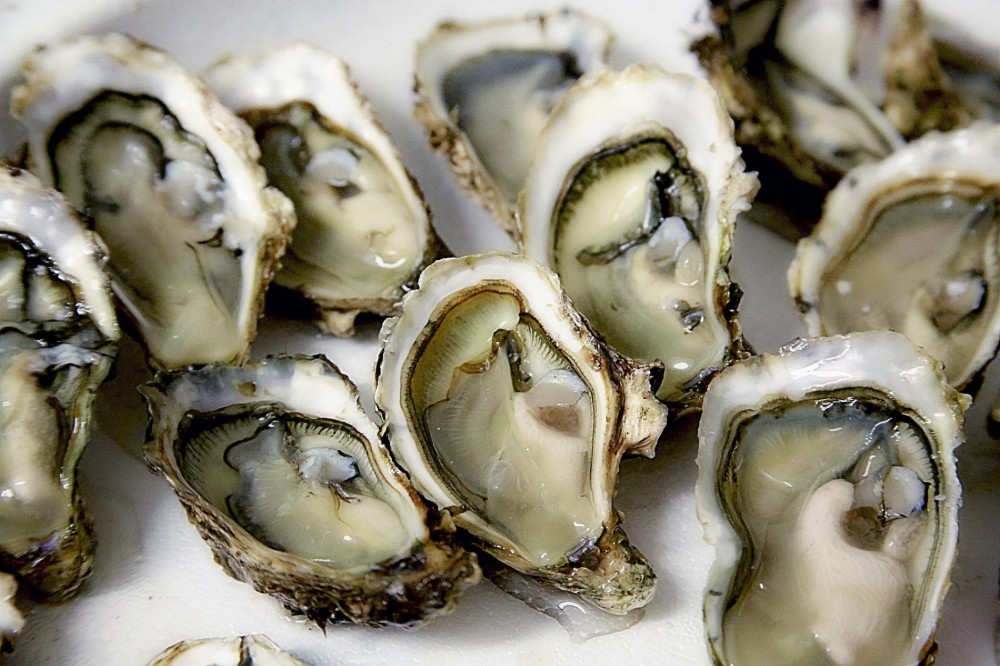 Credit: ConsoNews
Credit: ConsoNews
Oysters are another excellent source of iodine from seafood. 100 grams of cooked oysters can provide up to 93 micrograms of iodine, roughly two-thirds of what you need daily.
7. The egg
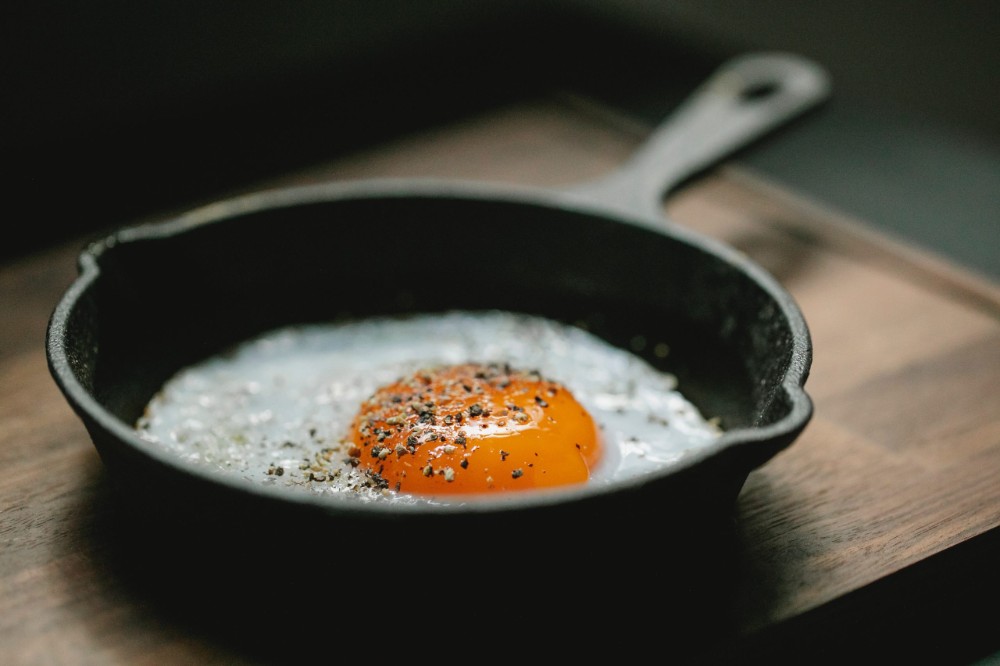 Credit: The Green Queen
Credit: The Green Queen
Animal sources of iodine are generally the richest. Eggs, especially the yolk, are a good source of iodine that must be eaten regularly to replenish these essential nutrients. One boiled egg provides approximately 26 micrograms of iodine.
8. Enriched bread
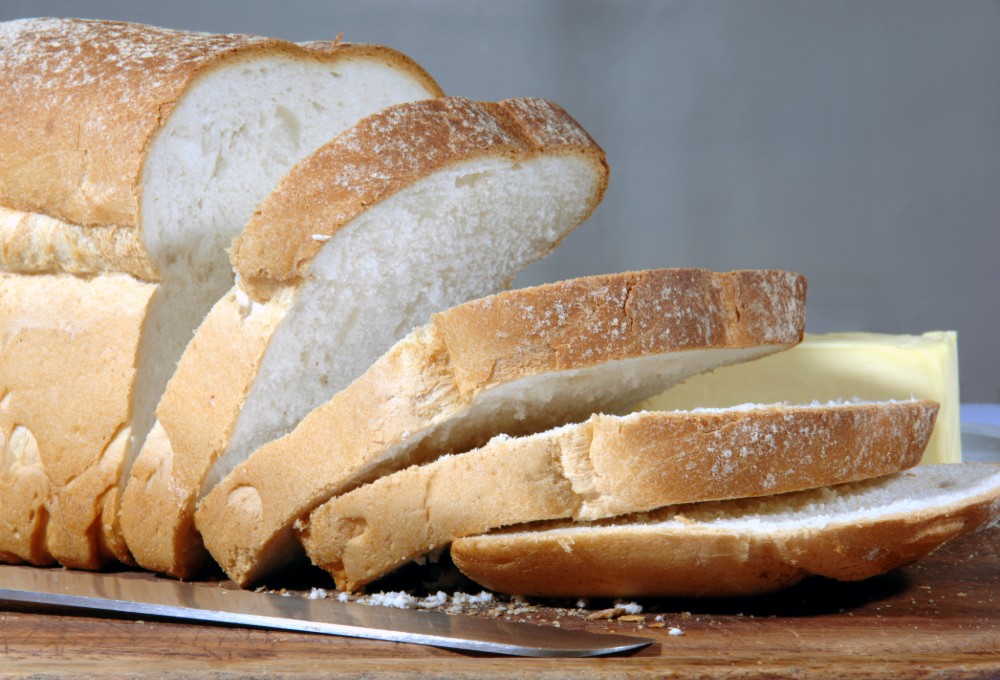 credit: healthy eating
credit: healthy eating
While the bread itself is rarely high in iodine, some manufacturers make it with an “iodine paste conditioner.” These conditioners are added to enrich bread, similar to table salt. One slice of white bread made with iodine dough conditioner contains up to 185 micrograms of iodine.
9. Beef liver
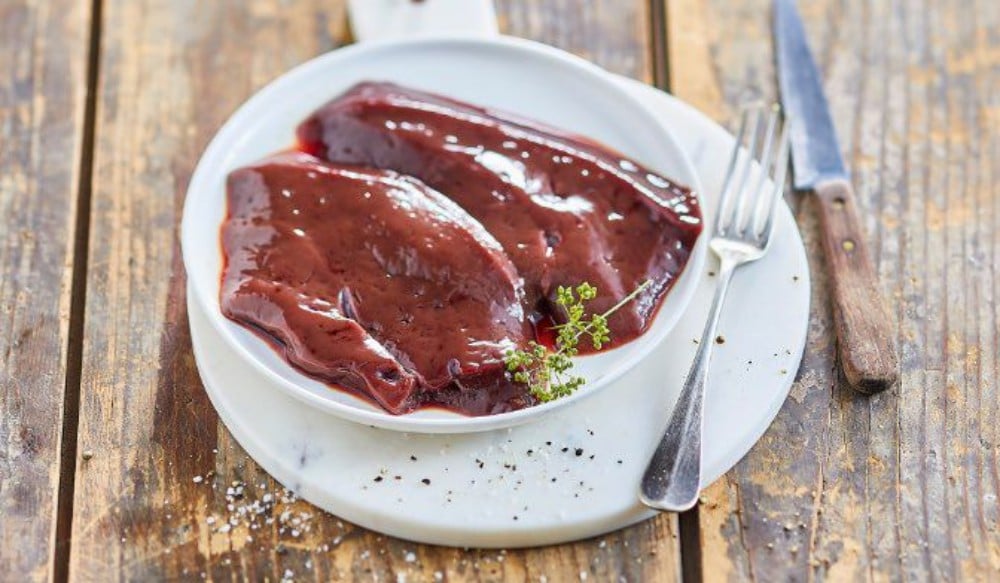 Credit: Piccard
Credit: Piccard
Few foods have as high a density of nutrients as beef liver. 100 grams of liver can provide 14 micrograms of iodine in addition to the many vitamins and other nutrients it contains.

